تُظهر تقنية الشاشة الكاملة من DAH Solar زيادة في الطاقة بنسبة 11% لوحدات الطاقة الشمسية الكهروضوئية نظرًا لأن الوحدات الكهروضوئية بدون إطار أصبحت تدريجيًا اتجاهًا سائدًا في الصناعة، فقد أجرت مجلة PV مقابلة مع مدير البحث والتطوير في DAH Solar، الدكتور Jiang Chengyin، حول تصميم الشركة لإصدار منتجها ذو الشاشة الكاملة 3.0 الذي يعمل على تحسين إنتاج الطاقة مع خفض التكاليف و تقليل احتمالية الكسور. ما هي تقنية "الشاشة الكاملة" لوحدات الطاقة الشمسية؟ الدكتور جيانغ تشينجين: تحتوي وحدات الطاقة الشمسية العادية على إطارات تبرز فوق السطح الزجاجي، مما يتسبب في تراكم الغبار نظرًا لأن مياه الأمطار لا يمكن أن تتدفق بسرعة. من خلال تصميمنا الحاصل على براءة اختراع، نضمن أن الإطار متسق مع السطح، مما يسمح لمياه الأمطار بالتدفق بسلاسة وحمل الغبار بعيدًا، مما يحقق تأثير التنظيف الذاتي. استنادًا إلى اختبارات الأداء الخارجي، بزاوية تركيب تبلغ حوالي 5 درجات، والتي تحاكي زاوية التثبيت النموذجية على معظم الأسطح المصنوعة من البلاط الفولاذي الملون محليًا، يمكن لوحدات الشاشة الكاملة لدينا تحقيق مكاسب سنوية من الطاقة تبلغ حوالي 11%. مع التخلص من غلاف الإطار التقليدي المصنوع من الألومنيوم، هل يمكن لتصميم الحافة المسطحة للشاشة الكاملة أن يلبي متطلبات الصلابة الهيكلية؟ كيف يمكنها تحمل أداء الختم الخارجي على المدى الطويل؟ Dr. Jiang Chengyin: Originally, double-glass modules had no frames. With encapsulation of double-sided strengthened glass fully meeting the module's strength requirements. Adding frame designs primarily protected glass edges from damage. Since the distance from the internal cell's conductive part to the module edge is generally over 15 mm, the waterproof sealing insulation width at the edge is also 15 mm, ensuring long-term outdoor sealing. DAH Solar's design eliminates the front frame but retains side and back frames, bonded with high-strength silicone rubber, maintaining glass edge protection. Silicone rubber offers proven durability and weather resistance. What improvements does DAH Solar's Full-Screen product at this SNEC exhibit offer compared to previous models? Dr. Jiang Chengyin: Our Full-Screen product has advanced to version 3.0, which is a significant improvement over versions 1.0 and 2.0. First, we have adopted the Full-Screen plus “Dense Busbar” (DBB), which is a design similar to 0BB. DBB technology has several advantages, notably significantly reducing silver consumption during cell production, lowering product costs. Additionally, in module production, we've abandoned high-temperature welding processes, using low-temperature film to bond ribbons to cell surfaces. This low-temperature encapsulation process enhances module power, reduces virtual welding and the likelihood of fractures, improves yield, and extends product life by avoiding flux residues that corrode grid lines. Overall, version 3.0 products show significant improvements in reliability and power generation compared to past versions. Furthermore, we now use industry-leading rectangular silicon wafers based on 182 mm as the substrate for TOPCon cells. We also employ laser-assisted sintering...
اقرأ أكثر
 العربية
العربية English
English فارسی
فارسی français
français русский
русский español
español português
português 日本語
日本語 Polski
Polski ไทย
ไทย Việt Nam
Việt Nam Indonesia
Indonesia 中文
中文







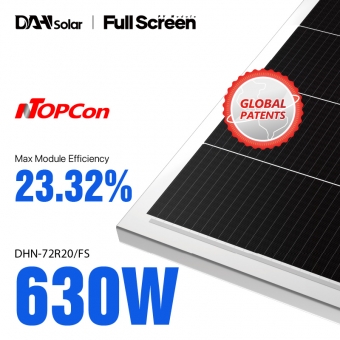



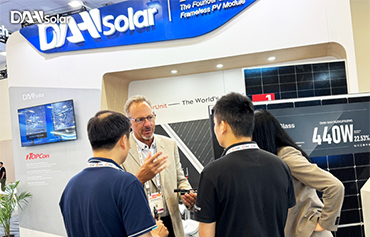
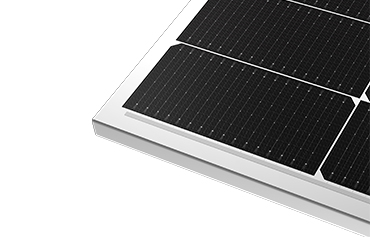
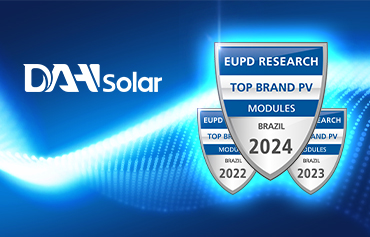
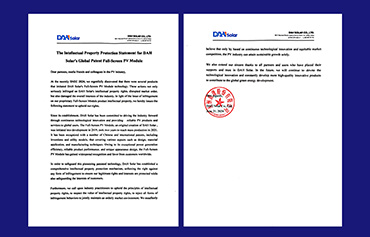
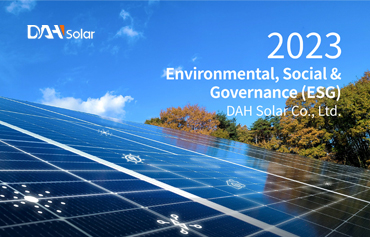







 0086 137 2104 1763
0086 137 2104 1763

